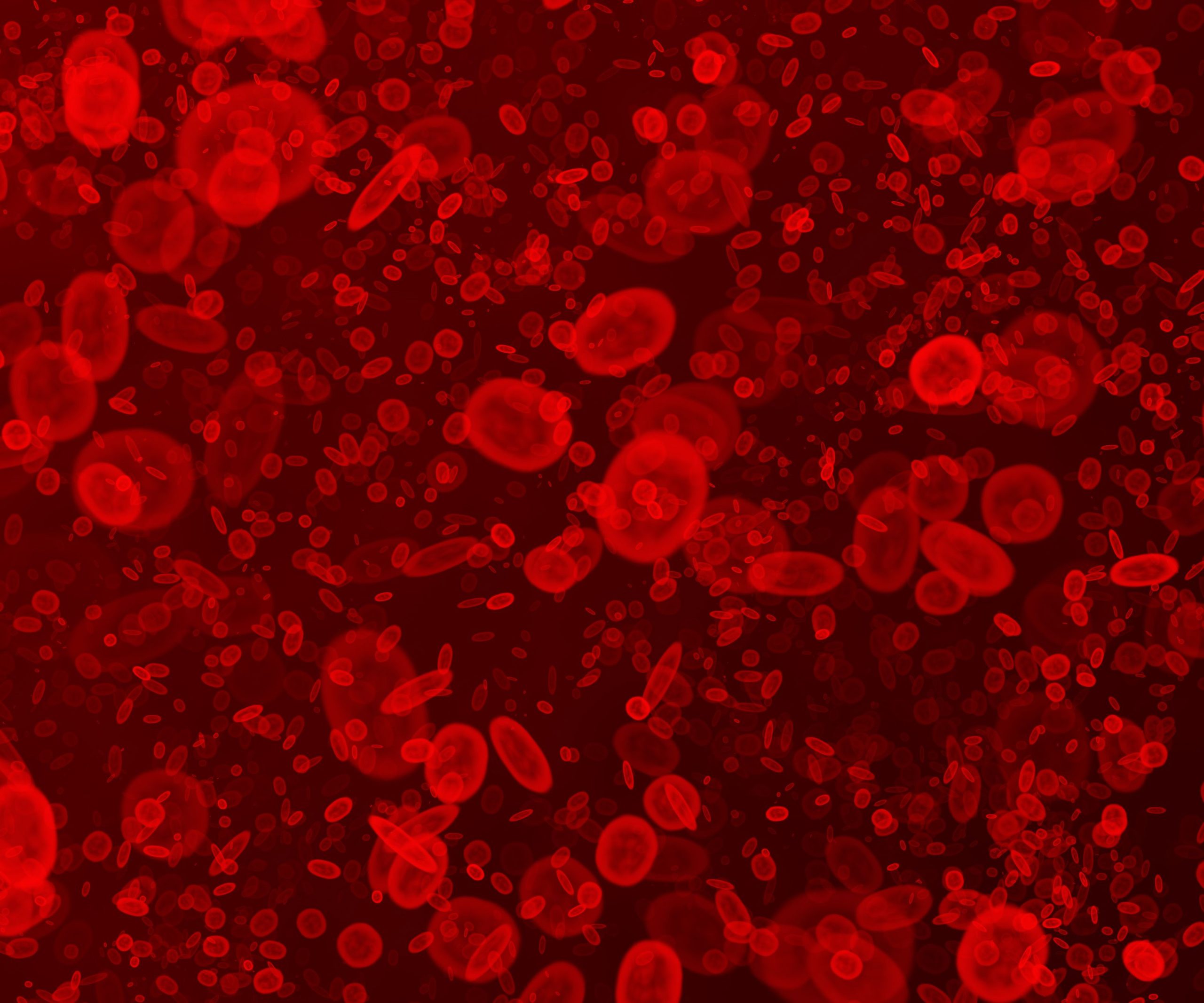Blood
Detecting Cyanide in Blood Using LC–MS/MS
In a new study published in Analytical and Bioanalytical Chemistry, scientists from South Dakota State University and the University of Colorado School of Medicine developed a method to detect traces of cyanide in blood samples using liquid chromatography–tandem mass spectrometry (LC–MS/MS) (1).
Cyanide (CN) can be a dangerous poison (cyanide anion [CN–] or hydrogen cyanide [HCN]), but it is also a common chemical component in different natural and anthropogenic substances. Acute CN toxicity happens by blocking terminal electron transfer by inhibiting cytochrome c oxidase, which plays an important role in cellular respiration (2). The blockage is caused by cyanide poisoning the mitochondrial electron transport chain within cells, making the cells unable to derive energy from oxygen. This can result in cellular hypoxia, cytotoxic anoxia, and potential death. As such, it is critical to check for blood CN concentrations, along with the major metabolite, thiocyanate (SCN–).
However, simultaneously detecting CN and SCN– in blood can be a complicated process. As part of this study, the scientists created a method to detect CN and SCN– from human ante- and postmortem blood using LC–MS/MS analysis. Sample preparation for CN involved active microdiffusion with subsequent chemical modification using naphthalene-2,3-dicarboxaldehyde (NDA) and taurine (i.e., the capture solution). SCN– preparation was conducted with protein precipitation and monobromobimane (MBB) modification.
After the experiment, it was revealed that the method had good sensitivity for CN, with antemortem limit of detection (LODs) of 219 nM and 605 nM for CN and SCN–, respectively, and postmortem LODs of 352 nM and 509 nM. Additionally, the method’s dynamic rangers were 5–500 µM for antemortem blood and 10–500 µM for postmortem blood. The method produced good accuracy (100 ± 15%) and precision (≤ 15.2% relative standard deviation), all while being able to detect elevated levels of CN and SCN– in blood samples.
Advertisement

